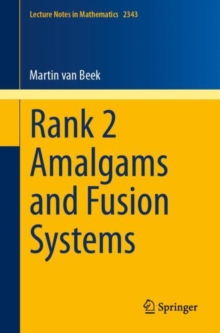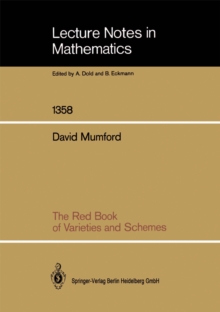
A Theory of Shape Identification PDF
by Frederic Cao, Jose-Luis Lisani, Jean-Michel Morel, Pablo Muse, Frederic Sur
Part of the Lecture Notes in Mathematics series
Description
Recent years have seen dramatic progress in shape recognition algorithms applied to ever-growing image databases. They have been applied to image stitching, stereo vision, image mosaics, solid object recognition and video or web image retrieval. More fundamentally, the ability of humans and animals to detect and recognize shapes is one of the enigmas of perception. The book describes a complete method that starts from a query image and an image database and yields a list of the images in the database containing shapes present in the query image. A false alarm number is associated to each detection. Many experiments will show that familiar simple shapes or images can reliably be identified with false alarm numbers ranging from 10-5 to less than 10-300. Technically speaking, there are two main issues. The first is extracting invariant shape descriptors from digital images. Indeed, a shape can be seen from various angles and distances and in various lights.
Information
-
Download - Immediately Available
- Format:PDF
- Publisher:Springer Berlin Heidelberg
- Publication Date:17/08/2008
- Category:
- ISBN:9783540684817
Other Formats
- Paperback / softback from £37.59
Information
-
Download - Immediately Available
- Format:PDF
- Publisher:Springer Berlin Heidelberg
- Publication Date:17/08/2008
- Category:
- ISBN:9783540684817










